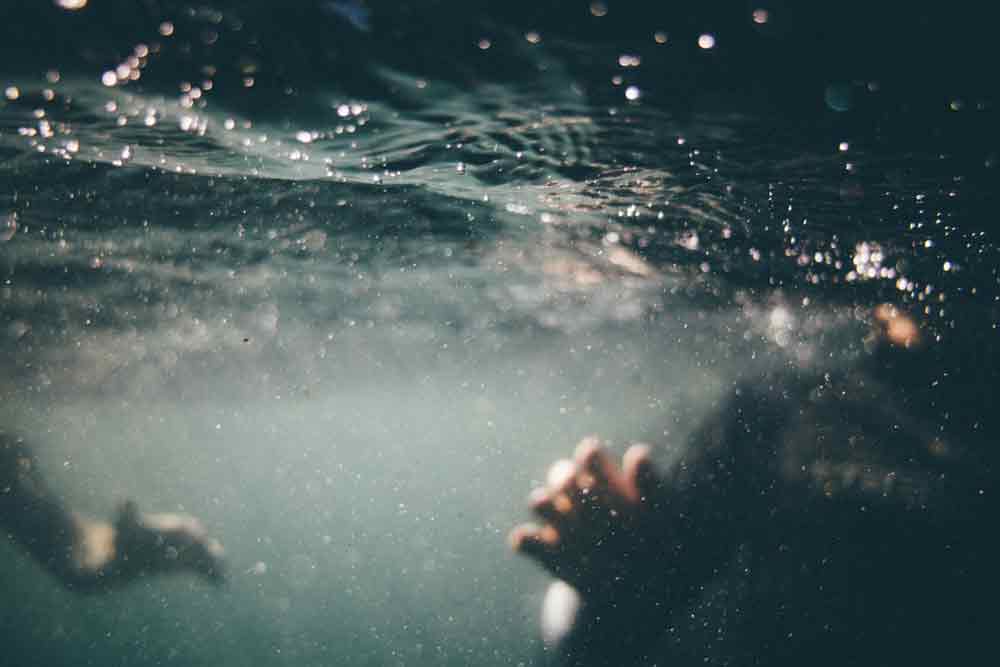2022 was a bad time for water related losses in the UK, with a stunning 597 accidental drownings. Fortunately, utmost drownings are preventable and a little bit of knowledge can save a life. With the academy summer leaves about to protest in and water being oh so appealing in hot rainfall, there is no time like the present to learn how to help a drowning. Find out when you need to be most careful on vacation and what colour swimsuits are nearly unnoticeable under water.
so what are the statistics?
A recent check from the Royal Life Saving Society( RLSS) set up
44 of accidental drownings be between May and August
62 of accidental drownings be in inland water
Only 30 of parents surveyed said they were “ veritably confident ” that their child knows how to stay safe in and around water
what do you need to know when on vacation outside the uk?
Be apprehensive that the most common time for children to have accidents on vacation is within the first hour when parents are discharging and detracted. Parents should take care during this time to make sure that they know where their children are.
You’re your family’s lifeguard. Lifeguard norms differ outside of the UK and Ireland. Always supervise children and keep them within arms length.
Do your exploration. Check the safety arrangements of any water- grounded conditioning and if there’s lifeguard cover at the pool/ sand. Know what to do and who to call in an exigency.
Don’t use inflatables in open water. Inflatable barks or lilos are a well– known hazard – each time there are a high number of incidents where people on inflatables are blown out to ocean. rather, use them in sheltered and confined spaces similar as gemstone pools or swimming pools.
Check bathing spots for hazards similar as jewels, piers, cape( it could indicate a rip current) or coral reefs.
Take time to check the depth, water inflow and layout of hostel/ apartment pools.
Don’t enter the water after drinking alcohol.
what are rip currents? and what should you tell your child?
In the UK, the maturity of times the Royal National Lifeboat Institution( RNLI) are called out to an incident, there will be a rip current involved. Rips are strong currents running out to ocean, which can snappily drag people down from the shoal and out to deeper water. Rips are especially important in larger suds, but can also do around swash mouths, arms and man– made structures like piers and groynes.
Rip currents can be delicate to spot, but are occasionally linked by a channel of churning, choppy water on the ocean‘s face. Indeed the most educated beachgoers can be caught out by rips, so do n’t be hysterical to ask lifeguards for advice. They will show you how you can identify and avoid rips.
Advise your child that if they’re getting dragged out to ocean by a rip current DO NOT swim against the current ie in a straight line back to the sand. rather swim resemblant to the sand – this makes sure you’re swimming out of and not back into the rip current. Once the dragging effect stops, swim back towards the sand, being careful to stay in a straight line to avoid drifting back into the ripcurrent.However, encourage your child to wade through the water( rather of swimming) whilst signaling their arms and crying for help, If they can stand in the rip.
drowning accidents frequently do when people noway indeed intended to be in the water – style?
kiddies slip, trip and fall all the time. What if they’re near a pool when this happens? Whilst this might not feel applicable when you ’re at home, it suddenly becomes much more likely around a pool on vacation. And if they noway intended to be in the water, you’re doubtful to be alert to the fact that they’re IN the water in the first place.
So how can you prepare your child for accidentally being in water?
1. Take a nanosecond make your child apprehensive that the original shock of being in cold water will beget them to rustle and fear. This isnormal.However, they’re less likely to let the shock overwhelm them, If they know this.
2. Relax and float Tell your child to float on their back– tell little bones to make a star shape on their reverse– while catching theirbreath.However, get them to hang on to it to help them float, If there’s anything to hold on to.
3. Keep calm tell your child that formerly they’re calm and floating they need to roar for help, or swim for safety if they’re suitable to.
wearing certain swimwear can make a huge difference
Swimsuits are now each over the shops and it’s important to suppose about the colour of swimwear you buy for your child.
still, lifeguards and other people will need to get to them as snappily as possible, If your child were to get in trouble in the water. This means putting them in swimwear that’s bright and fluently spotted, both in clear water( top picture of each colour) or murky sand swells( nethermost picture). You can relatively easily see that pale blue or white costumes are best avoided.
We really hope that reading this blog will help you to have a safe and happy vacation, or enjoy a family sand trip or two this summer. Have fun folks!
Mini First Aid x
Sources The Royal Life Saving Society UK( RLSS) and the Royal National Lifeboat Institution( RNLI)


